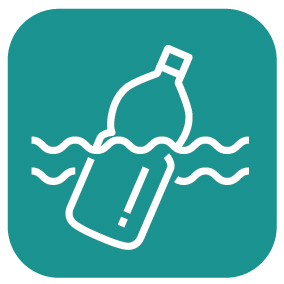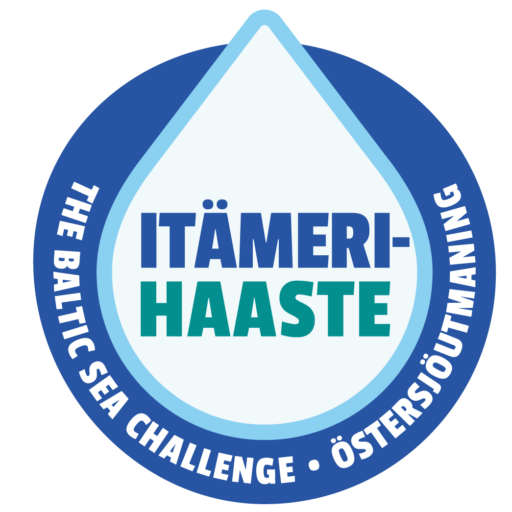How to make a Baltic Sea Commitment?
To accept the Baltic Sea Challenge, we ask you to make your own plan of actions for the benefit of the Baltic Sea. There can be one or more actions, from a single event to an entire program of actions. Several of our members have implemented the Baltic Sea Challenge for example by organizing Baltic Sea themed events for their staff, participating in a nature conservation project or critically examining their own activities to identify places where changes could be made towards more Baltic Sea-friendly activities. The organization can, for example, calculate its own carbon or water footprint, reduce its chemical load, collect garbage from its surroundings or watch movies about the sea together. Only imagination is the limit in the Baltic Sea challenge! See tips for actions below.
For companies and associations
Here you will find concrete proposals for actions, especially for companies and associations.
For municipalities
Here you can find examples of Baltic Sea actions for municipalities and cities. Feel welcome to check out our action plan for the inspiration.
For schools
Here you will find tips for Baltic activities for schools and other educational institutions!
Where we can sign the Baltic Sea Commitment?
The commitment to the Baltic Sea Challenge is made using a commitment form. The form includes information about the contact person and information on the actions you have planned to do for the benefit of the Baltic Sea. The actions will be written under our six aims of the Baltic Sea Challenge for 2024–2028. If an action you have come up with does not fit directly into any theme, you can write it down under the theme it fits most. The main thing is that the actions will have an impact on the state of the Baltic Sea!
The aims of the Baltic Sea Challenge for the period 2024-2028 are:
All set? Sign the Baltic Sea Commitment here!

Promoting the sustainable use of the sea

Preventing litter

Reducing harmful substances

Increasing biodiversity

Curbing eutrophication

Increasing cooperation and inclusion
